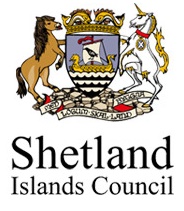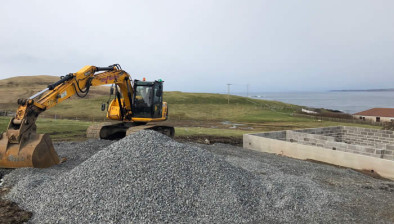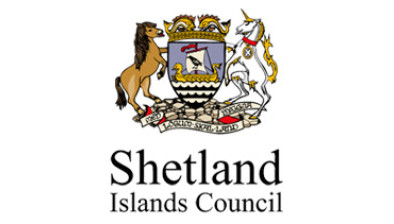Shetland heating and energy efficiency measures approved

Shetland Islands Council has agreed a new plan for greener homes, buildings and businesses across the isles.
The Local Heat and Energy Efficiency Strategy (LHEES) looks ahead to the next five years - with the aim of improving quality of life for residents and tackling fuel poverty.
Councils in Scotland have a statutory duty to create such a plan and this is the first of its kind to be approved by Shetland Islands Council. The council has also worked with stakeholders Hjaltland Housing Association and Shetland Heat, Energy & Power Ltd on the proposals.
The strategy sets out five priorities:
- Alleviating fuel poverty
- Improving energy efficiency for people at home
- Developing a supply chain to deliver improvement work
- Decarbonising heating systems across Shetland
- Community & non-domestic buildings
The LHEES states that to reach Net Zero by 2045 homes across Shetland need to move away from fossil fuel-based heating systems. It says there are about 4,000 properties across Shetland using boilers, with the majority of those using oil. More than 5,300 homes use storage heaters.
The plan is looking to help increase the number of heat pumps installed in Shetland as well as installing more efficient electrical heating systems. It is also reviewing district heating options outside of Lerwick – such as the Brae Rural Energy Hub project.
The strategy recognises Shetland-specific issues including a higher cost of materials and labour for home improvement works, and a shortage of accredited insulation installers to deliver UK and Scottish Government schemes.
John Simpson, team leader with the council’s Energy Efficiency team, said: “We know there are challenges when it comes to heating and decarbonisation in Shetland.
“A big part of this work will also be looking at how we can decarbonise the council’s varied estate. This strategy is a way of drawing together the work we’ve been doing and looking ahead to the future.”








